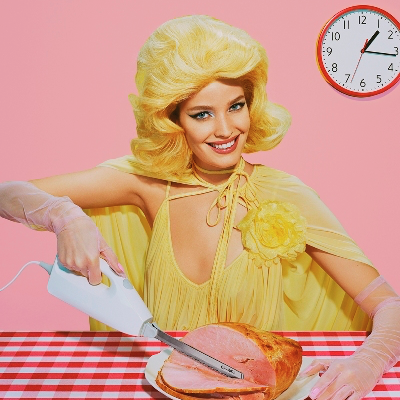Louise Bourgeois
Louise Bourgeois (France/USA, 1911–2010) was a groundbreaking artist celebrated for her emotionally charged sculptures, installations, and drawings. Her works, often exploring themes of memory, identity, and family, include the iconic spider sculptures symbolizing protection and fragility. Bourgeois's legacy profoundly influenced contemporary art, especially feminist and psychoanalytic perspectives.
- Recently Added
- Price (Low-High)
- Price (High-Low)
- Year (Low-High)
- Year (High-Low)

Artwork by Miles Aldridge
What is contemporary art?
Contemporary art refers to avant-garde or innovative art created in the recent past or present day. The exact starting point of contemporary art varies depending on the institution, often tied to the founding year of museums or galleries that showcase the style. Contemporary art is characterized by its focus on current ideas, diverse media, and the exploration of new concepts and techniques.
















